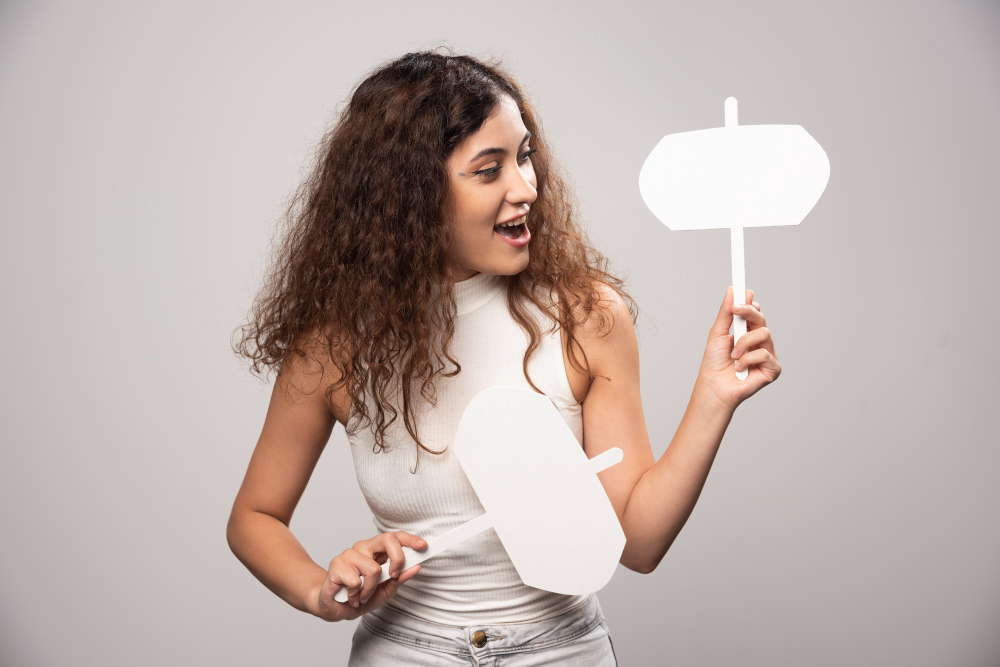In every field—music, movies, technology, or art—the question often arises: can anyone beat the original? We see endless remakes, sequels, and redesigns trying to capture the magic of what once made something great. Yet, time and again, the original version holds its charm and influence long after others have faded. There is something deeply human about our connection to firsts—our first favorite song, our first car, our first groundbreaking invention. But what exactly makes the original so powerful and enduring? This article explores the psychology, creativity, and emotional roots that make the original timeless.
The Allure of the Original
The original has a special place in history and culture. It represents the moment of creation—the spark that started everything. Whether it’s a song, a movie, or a brand, the original sets the tone and defines what follows. It establishes the rules and expectations for everything built afterward. People are drawn to authenticity, and the original carries that aura of being genuine and untouched. Copies may refine, modernize, or expand on it, but they rarely capture the same spirit.
The Psychology of First Impressions
Human psychology plays a powerful role in how we perceive originality. The first version of something leaves a lasting mark in our memory because it becomes the benchmark against which everything else is compared. This phenomenon is known as the primacy effect—we tend to remember the first encounter more strongly than subsequent ones. When a movie, book, or product captures our imagination the first time, it sets an emotional standard that is difficult for later versions to surpass.
Innovation vs. Imitation
Innovation creates, while imitation replicates. The original work is born from creativity and risk-taking, often breaking conventions or introducing something never seen before. Copies, on the other hand, work within the boundaries that the original has already defined. While imitators can improve upon certain features or add new ideas, they lack the sense of discovery that accompanies the first breakthrough. The excitement of witnessing something new can never truly be duplicated because, by then, it’s no longer new—it’s familiar.
Why Originals Set the Standard
The original sets the cultural and creative foundation for everything that follows. Take movies as an example: when the first “Star Wars” film premiered, it revolutionized science fiction with groundbreaking special effects and storytelling. Every sequel or spin-off has tried to recreate that moment of awe but has never matched its cultural impact. The same applies to technology—Apple’s first iPhone changed how people viewed mobile devices, setting a standard that continues to influence the industry today. Originals become reference points that shape the expectations of what comes next.
When Remakes Work—and When They Don’t
Not every remake or follow-up fails. Some reinterpretations successfully bring fresh perspectives to an old idea. For example, modern film adaptations can revive older stories with new technology or cultural relevance. However, remakes often struggle when they prioritize imitation over innovation. When creators attempt to duplicate success rather than offer something new, the audience quickly senses it. True success in remakes or sequels lies in evolution—keeping the soul of the original while presenting it through a fresh lens.
The Role of Emotion and Nostalgia
Emotion and nostalgia are powerful forces that keep the original alive. People associate certain experiences, songs, or brands with moments in their lives. When we hear an original song or watch an old movie, it brings back memories of who we were when we first encountered it. That emotional connection is nearly impossible to recreate because it’s tied to a specific time and feeling. This is why the original often feels irreplaceable—it’s not just a product or creation, but a part of personal history.
The Original as a Symbol of Authenticity
Authenticity is one of the main reasons originals endure. In a world filled with reproductions, the original carries credibility. It reflects the creator’s original vision, unfiltered and raw. This authenticity builds trust and admiration. In art, collectors pay millions for original paintings because they represent the artist’s true hand and intent. In branding, consumers often prefer companies that stick to their roots rather than those that constantly chase trends. The original feels more “real,” and that honesty resonates deeply with audiences.
Case Studies: Originals That Defined Their Fields
Throughout history, countless originals have stood the test of time. The first printing press by Johannes Gutenberg transformed communication forever, making books accessible to the masses. The first Beatles albums redefined modern music and continue to inspire artists decades later. In technology, the original Macintosh computer set new standards for design and usability. These examples show that when something truly innovative appears, it changes the way people think, work, and live. While others may refine or expand on it, the originator remains iconic.
Lessons for Creators and Innovators
For modern creators, understanding what makes an original timeless is essential. It’s not just about being first—it’s about being meaningful. The best originals combine creativity, authenticity, and courage. They emerge from a vision rather than a trend. To create something lasting, focus on solving real problems, telling unique stories, and expressing genuine ideas. When the motivation is passion instead of imitation, the result often carries an enduring quality that resonates with audiences for generations.
Conclusion
So, can anyone beat the original? The answer lies in perspective. While new versions can sometimes improve on quality or modern relevance, the emotional and cultural impact of the original remains unmatched. Originals are timeless because they represent a beginning—the moment when something truly new was born. They connect us to authenticity, creativity, and memory. In a world that constantly reinvents itself, the original will always stand as a reminder that innovation starts with imagination and courage. Every copy, no matter how good, exists because the original dared to exist first.
FAQs
1. Why do people prefer the original version of things?
People often prefer the original because it’s the first experience they associate with a feeling or idea. It feels authentic and emotionally connected to a moment in time.
2. Can remakes ever be better than the original?
In some cases, yes. When remakes add new creativity, deeper storytelling, or modern relevance while respecting the original’s essence, they can succeed. However, most struggle to capture the same magic.
3. Why are first versions remembered more than newer ones?
The first version benefits from the primacy effect—it sets the foundation and creates lasting impressions. Everything afterward is measured against it.
4. Is originality still possible in today’s world?
Yes. Even though many ideas build on previous ones, originality lies in perspective, execution, and personal voice. A new combination of familiar elements can still create something fresh.
5. What makes an original timeless?
An original becomes timeless when it combines creativity, authenticity, and emotional impact. It resonates beyond its era, influencing future generations while maintaining its relevance.
Also read: A Bushel of Tomatoes Explained: Weight, Cost, and Recipe Uses




Leave a Comment